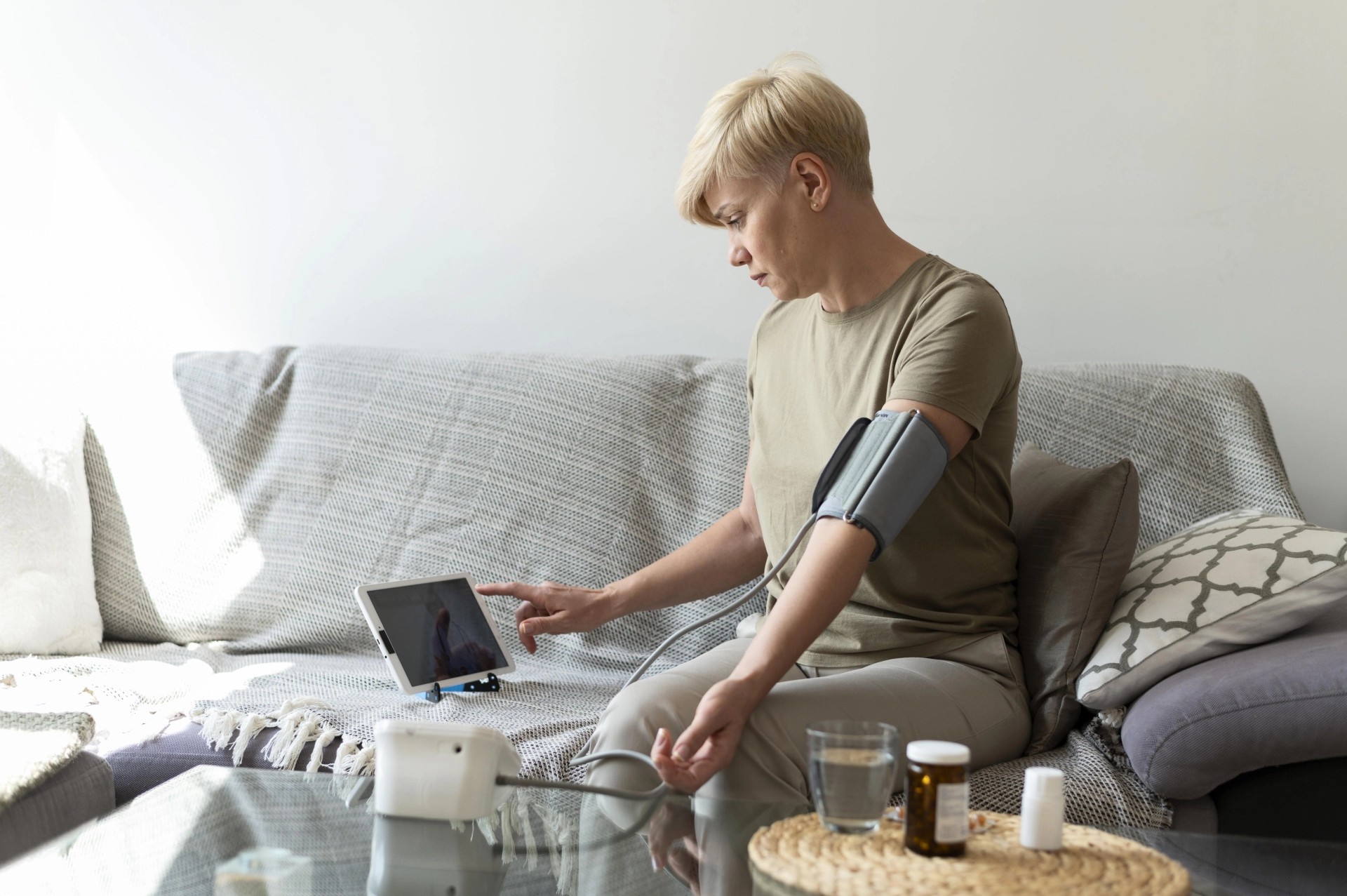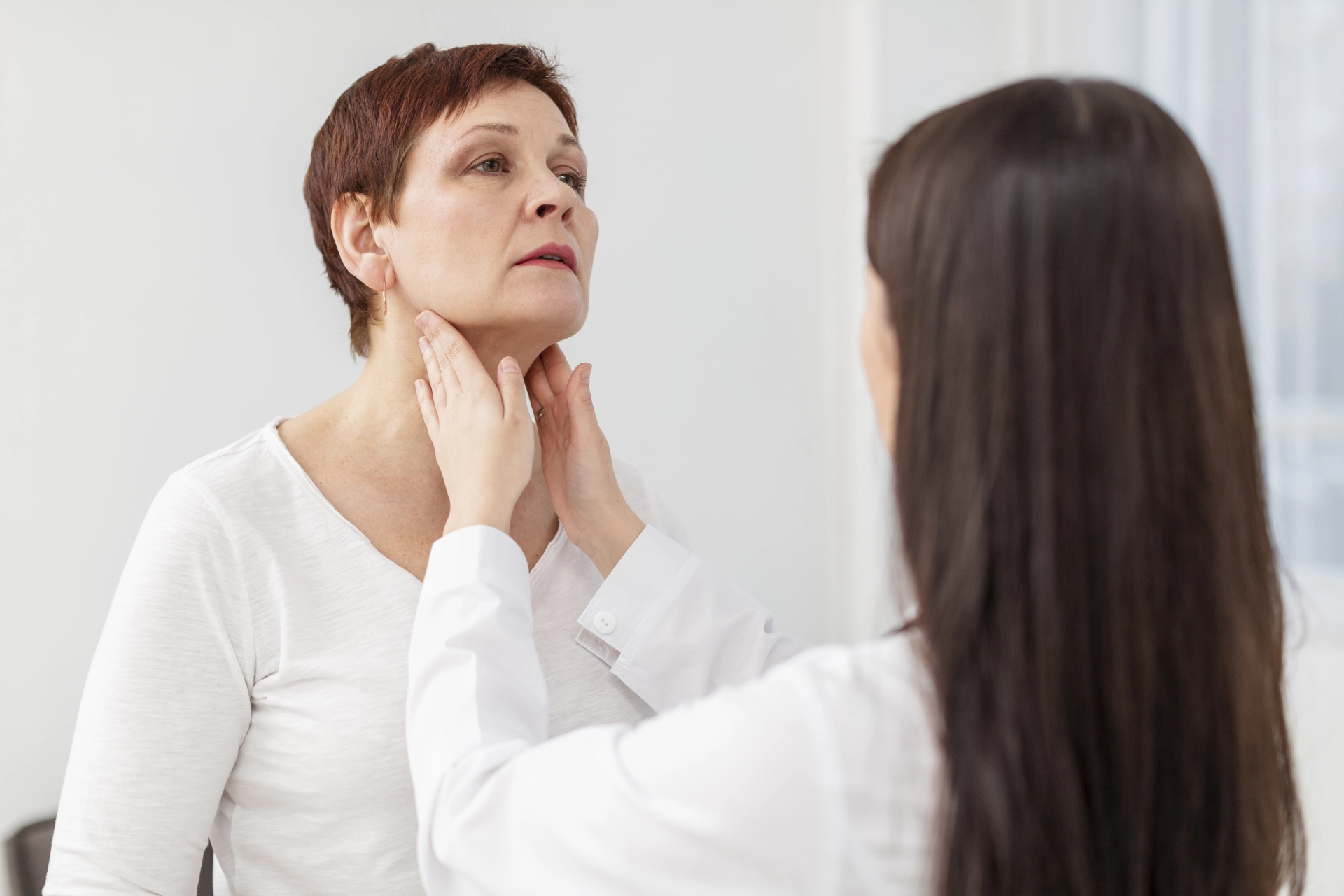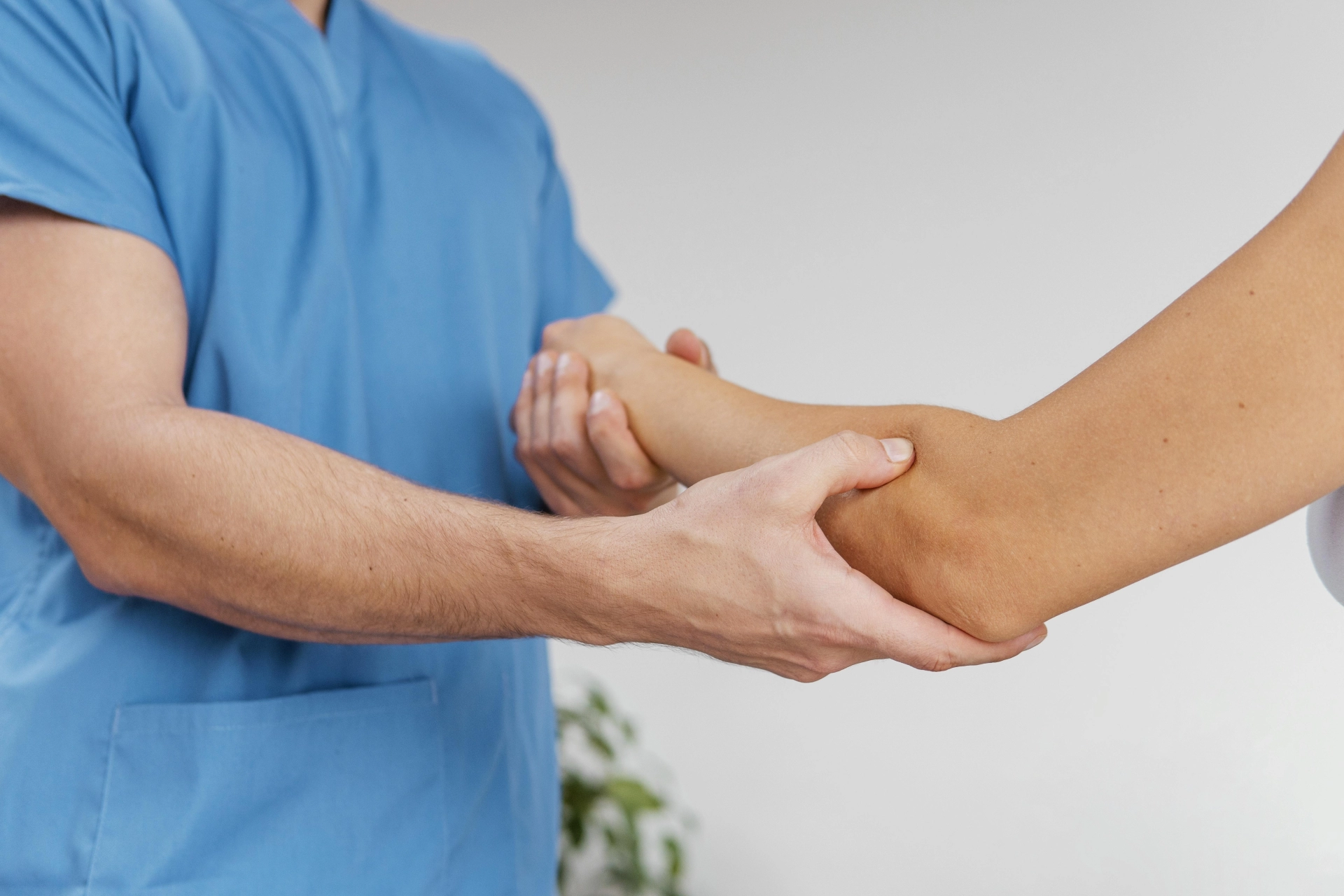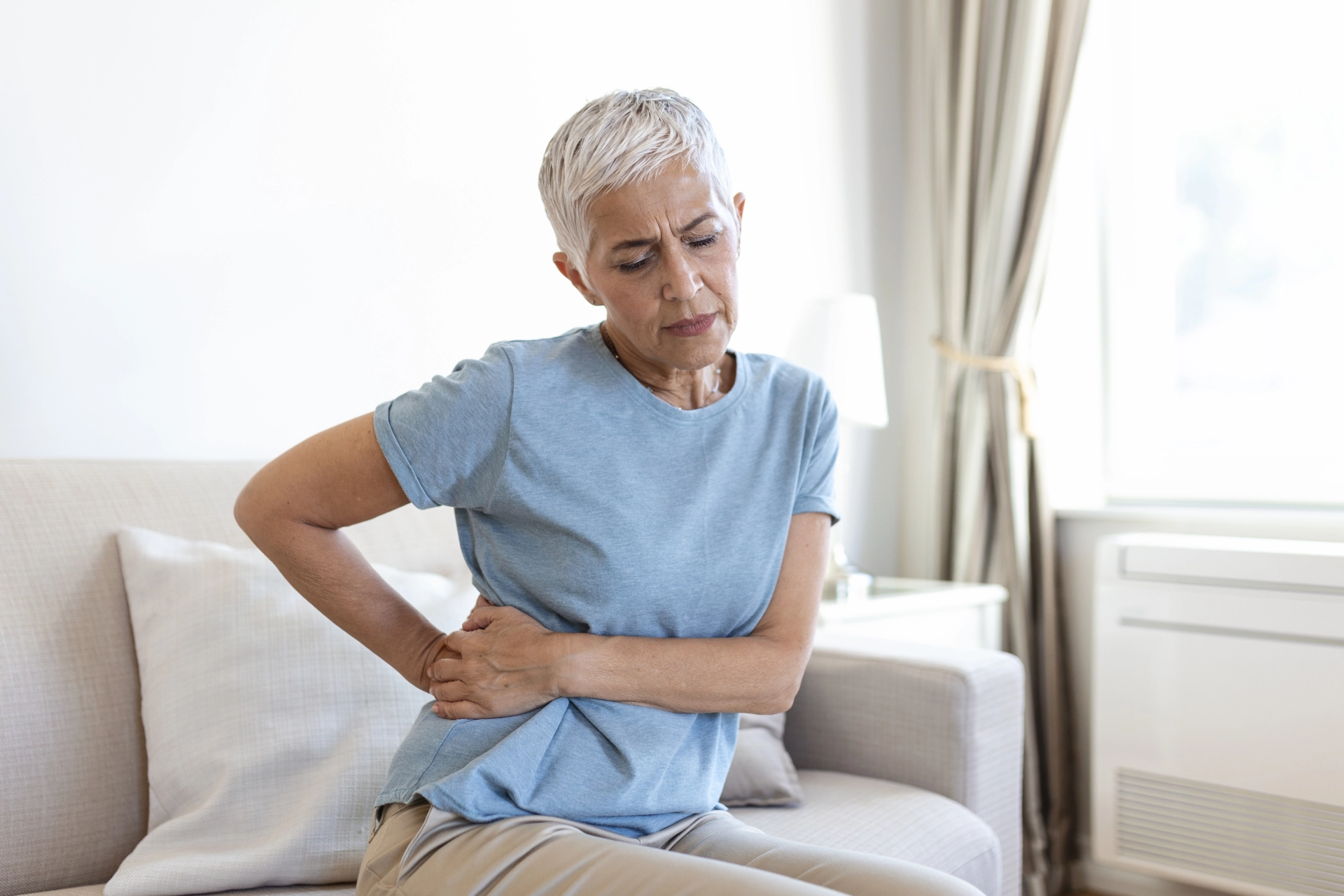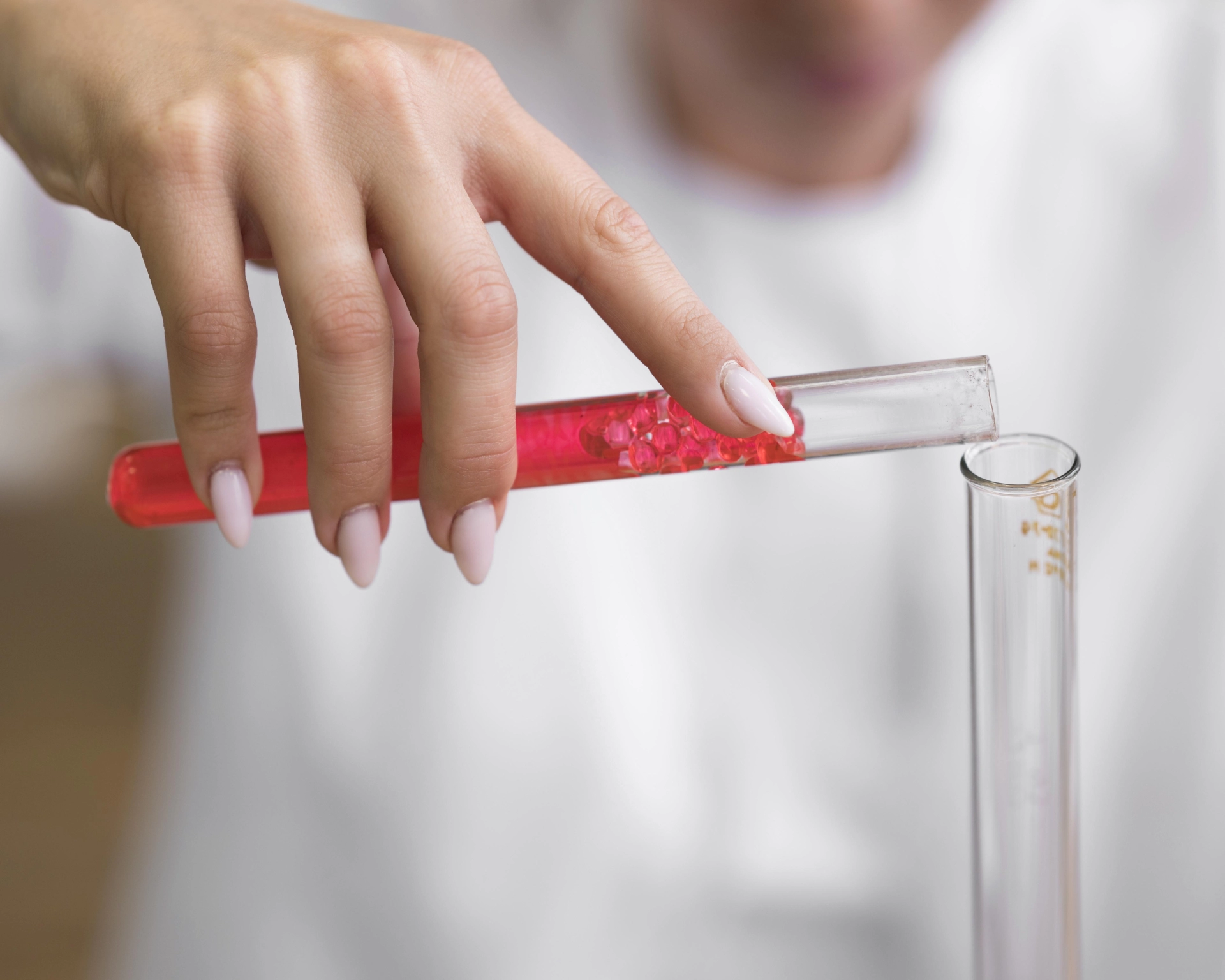Orthostatic hypotension is a sudden drop in blood pressure when getting up from a sitting or lying position. This can cause dizziness or even fainting.
What is blood pressure?
Blood pressure shows how much force the blood exerts on the walls of the arteries when the heart is working. It is measured by two indicators in millimeters of mercury (mmHg):
•
Systolic pressure
– when the heart contracts and pushes blood out.•
Diastolic pressure
– when the heart rests between beats.Blood pressure is recorded as systolic/diastolic. Normal blood pressure is below 120/80 mmHg , and blood pressure below 90/60 mmHg is considered low.
Why does orthostatic hypotension occur?
When lying or sitting, blood easily returns to the heart. When standing up, blood pools in the legs, and there is less for the heart and brain – blood pressure temporarily drops. Possible causes:
•Weak heart contractility
•Dysfunction of the autonomic nervous system
•Diseases such as Parkinson's or Lewy body dementia
•Prolonged bed rest
•Blood or fluid loss
•Adrenal gland problems
•Medication side effects
What are the symptoms?
Symptoms usually worsen in the morning when blood pressure is at its lowest. Some people have no symptoms, while others find them worse in hot weather, with fever, or after a hot shower.
The main symptom is dizziness or weakness when standing up, which resolves when sitting or lying down.
Other possible signs include:
•Fainting
•Blurred vision
•Fatigue, weakness
•Chest, neck, or shoulder pain
•Difficulty concentrating
•Headaches
•Rapid heartbeat
•Nausea, sweating
•Shortness of breath
How is it diagnosed?
A doctor will measure your blood pressure while lying down, sitting, and standing. They may also order:
•Blood tests (e.g., for anemia or diabetes)
•ECG – to assess heart rhythm
•EchoCG – to check how the heart works
•Stress test
•Holter monitoring
•Tilt table test
What are the possible complications?
Orthostatic hypotension can lead to:
•Falls, fractures, concussions
•Post-meal hypotension (especially after carbohydrate-rich meals)
•Lower blood pressure when lying down
•Stroke or heart disease due to blood pressure fluctuations
•Organ damage if blood pressure remains low
What to expect?
The condition is usually manageable. Simple measures, such as getting out of bed more slowly, help. Serious complications are rare.
Can orthostatic hypotension be cured?
There is no complete cure, but symptoms can be alleviated by following a doctor's recommendations:
•Taking medications
•Increasing fluid intake
•Eating small, frequent meals
•Wearing compression stockings
How to reduce the risk?
•Avoid very hot showers and baths
•Drink enough water, limit alcohol, do not overeat
•Sleep with your head elevated
•Get up slowly, especially in the mornings
•Do light exercises – squeeze a ball, march in place
•Use compression garments (stockings, belts)
